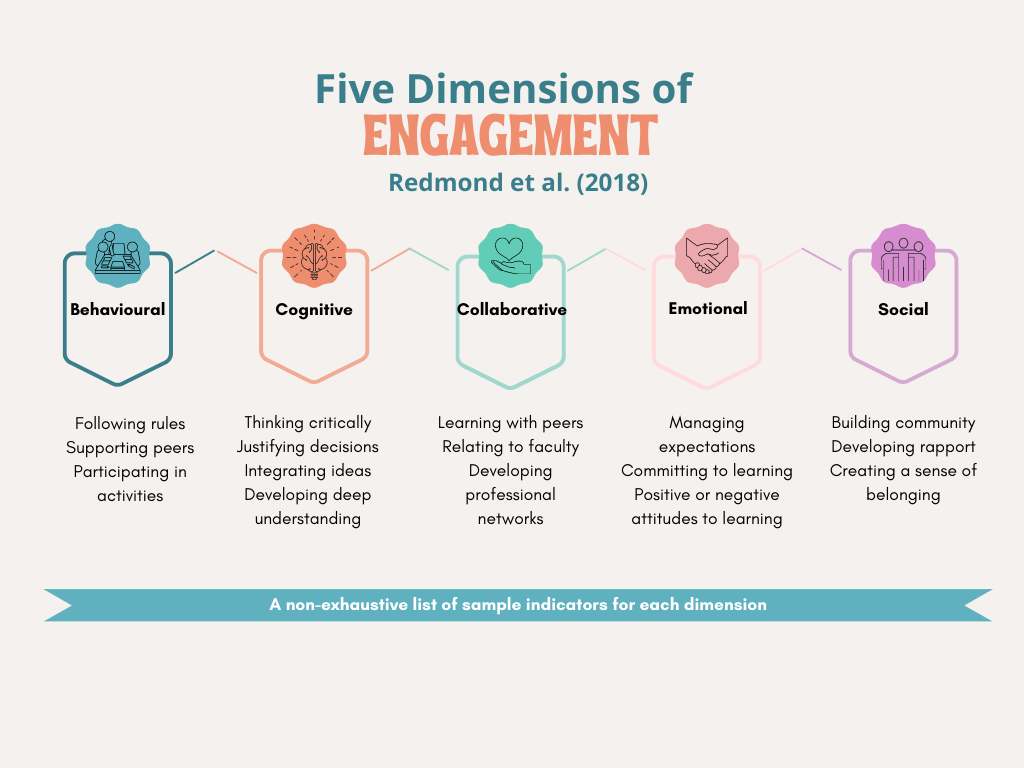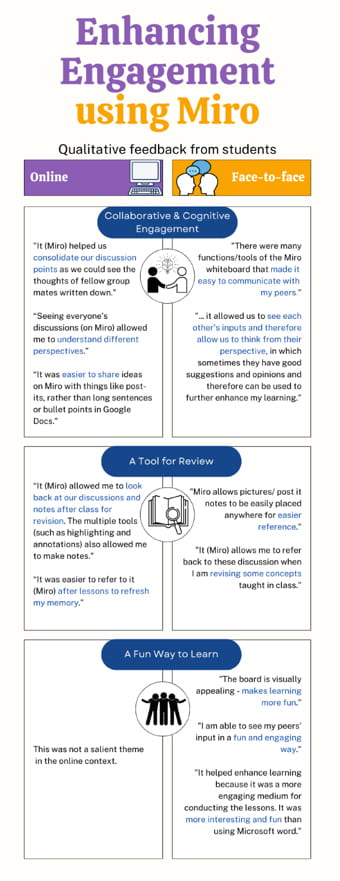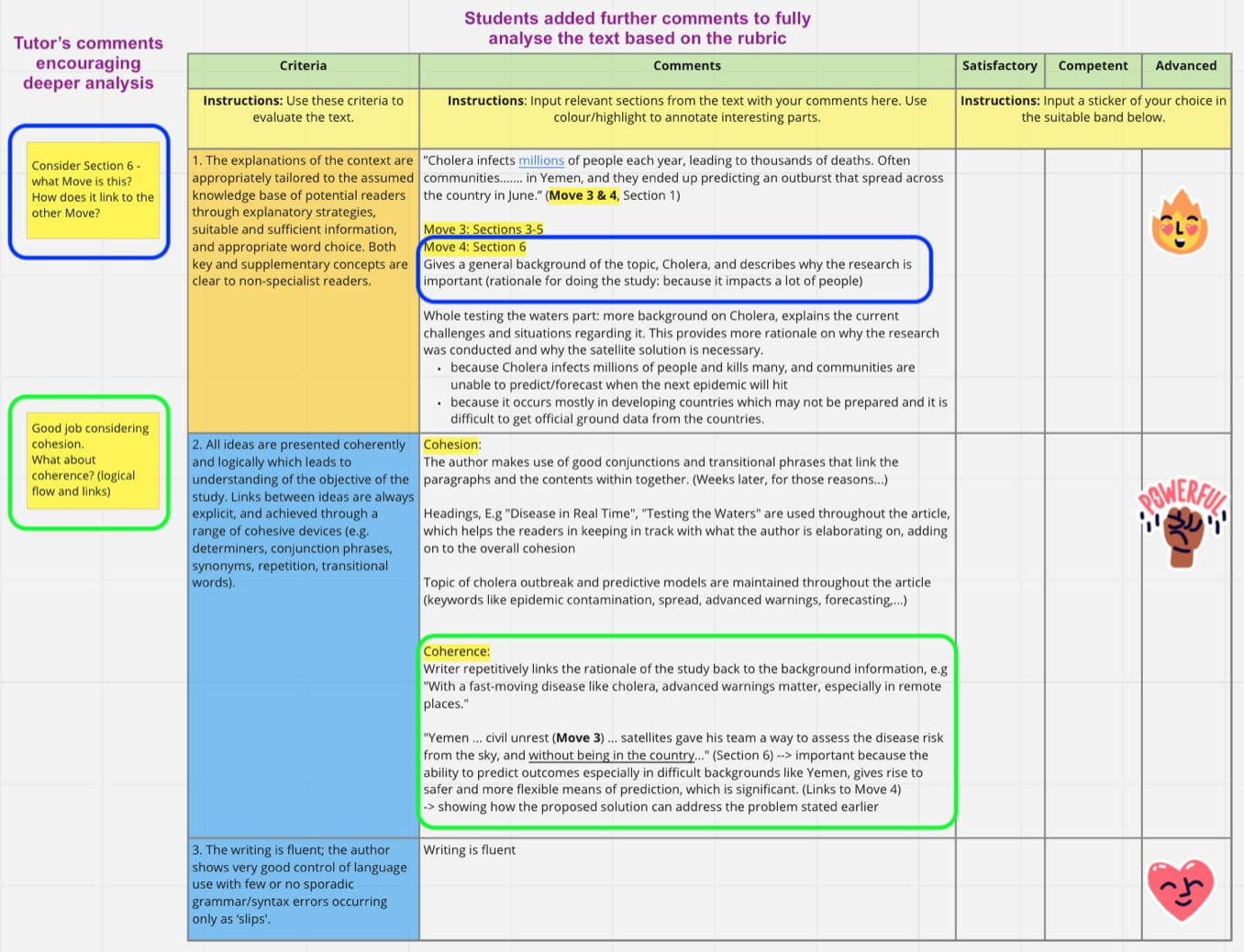Amelyn THOMPSON and Brenda YUEN
Centre for English Language Communication (CELC)
Amelyn and Brenda continue their exploration of applying Miro in their teaching and its effectiveness in enhancing student engagement, this time for face-to-face tutorial sessions in their course.

Image by pikisuperstar on Freepik
Thompson, A. A., & Yuen, B. P. L. (2023, Sept 22). Enhancing students’ engagement through Miro: Transitioning from online to face-to-face learning in a science communication module. Teaching Connections. https://blog.nus.edu.sg/teachingconnections/2023/09/22/enhancing-students-engagement-through-miro-transitioning-from-online-to-face-to-face-learning-in-a-science-communication-course/
Miro as Technology Innovation Beyond Online Learning
In our previous post, we discussed our experience of leveraging the collaborative digital whiteboard Miro to promote students’ online engagement in the science communication course SP1541 “Exploring Science Communication through Popular Science”1 offered by the Centre for English Language Communication (CELC) during the COVID-19 pandemic. We incorporated Miro during online tutorials for the discussion of science news articles through which students curated the team-based templates.
The use of Miro has shown evidence of students’ engagement in online classrooms, particularly in the cognitive and collaborative dimensions (Thompson & Yuen, 2022). Given its potential in enhancing students’ engagement in an online context, we embraced this learning technology even when face-to-face teaching resumed in AY2022/23. The shift in learning mode gave us opportunities to explore and compare the use of Miro in both online and face-to-face learning contexts.
Students’ Engagement: Exploring Miro in online and face-to-face contexts
According to Bond et al. (2020), students’ engagement can be observed through “a range of indicators” which reflect their “energy and effort” in a learning community (p. 3). In our online context, Redmond et al.’s (2018) online engagement framework for higher education was incorporated to explore how these indicators reflected SP1541 students’ engagement level when using Miro. It includes five dimensions of engagement—behavioural, cognitive, collaborative, emotional, and social.
Redmond et al. (2018) argue that these five dimensions are “crucial for effective student engagement” in an online learning context and potentially important in a face-to-face context (p. 189). This makes the framework well-suited for our purposes of exploring students’ engagement levels in both contexts. Figure 1 elaborates on the five dimensions of engagement with a range of sample indicators.
Figure 1. Five dimensions of engagement with sample indicators (Redmond et al., 2018)2.
[Infographic created on Canva.com–click on the image for a full-sized version]
In both online and face-to-face contexts, students expressed that Miro helped enhance cognitive and collaborative dimensions of engagement (see Figure 2). Conversely, social engagement was not as prevalent.
Figure 2. Cognitive and collaborative engagement on Miro during the evaluation of a news article using a criterion-referenced rubric (Yuen & Sawatdeenarunat, 2020) [Click on the image for a full-sized version]
Another salient theme identified was the value of Miro as a tool for review. Students could refer to the Miro boards at any time, by using weblinks or downloading the boards. Interestingly, a salient theme that had not been present online emerged in the face-to-face context: students highlighted that using Miro was a fun way to learn. Figure 3 shows student feedback elucidating the value of Miro.
Figure 3. Students’ qualitative feedback on the use of Miro.
[Infographic created on Canva.com – click on the image for a full-sized version.]
Pedagogical Strategies for Effective Use of Miro
To further develop Miro’s potential as an engagement tool, we implemented several practical strategies to guide students systematically when using Miro during face-to-face tutorials for SP1541.
Strategies to guide students
Introductory Video. Students watched an introductory video showcasing the rationale of using Miro, sample customised Miro templates, and the unique features that would aid in discussions (see Figure 4).
Figure 4. Introductory video (click on the image to view the video). [Video created on Canva.com]
Smart Tips. ‘Smart’ tips were provided to students alongside the discussion activities on the Miro templates. These tips were uniformly indicated by a lightbulb icon (Figure 5) so students would recognise the tips easily and use the unique features on Miro effectively. By providing these guiding tips, we hoped to encourage specific dimensions of engagement being developed during tutorial activities. Figure 5 displays the ‘smart’ tips provided for different tutorial activities along with the annotations to show relevant dimensions of engagement.
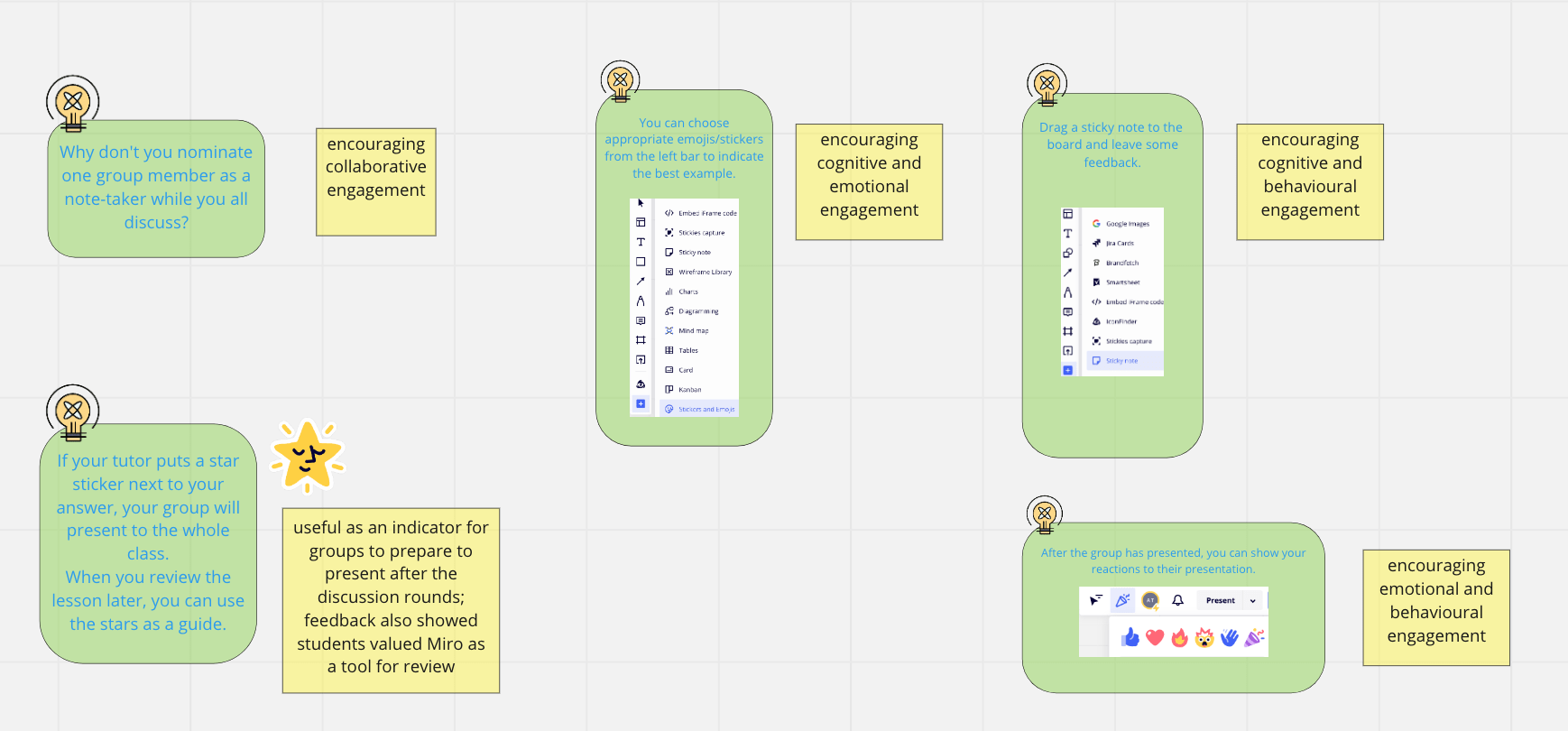 Figure 5. Guiding tips accompanying tutorial activities (click on the image for a full-sized version).
Figure 5. Guiding tips accompanying tutorial activities (click on the image for a full-sized version).
Strategies to guide instructors
While the strategies above concern steps that students undertake, there are also practical strategies that instructors may employ when using Miro for tutorials.
Monitoring Students’ Progress. One strategy is to monitor students’ discussions more systematically. As students collaborated and curated the whiteboard in groups, instructors can look through their responses on Miro. We used sticky notes to affirm what they had discussed and to prompt deeper discussions where necessary (see Figure 6). Students’ written responses also signalled whether we needed to join their groups to provide further guidance. It was an iterative process that helped us divide our time with each group in a way that was most needed.
Figure 6. Instructor’s sticky notes on students’ discussions (demonstrating cognitive and collaborative engagement – click on the image for a full-sized version).
Organising Students’ Feedback. Another strategy is to help facilitate peer review sessions in SP1541, where students would give feedback to other groups. Students provided feedback (showing cognitive engagement) and encouragement (showing behavioural engagement) in the form of sticky notes. Instructors then clicked, dragged, and organised the sticky notes according to the themes covered during the tutorials so that students could see the common issues identified and learn from each group’s efforts (see Figure 7).
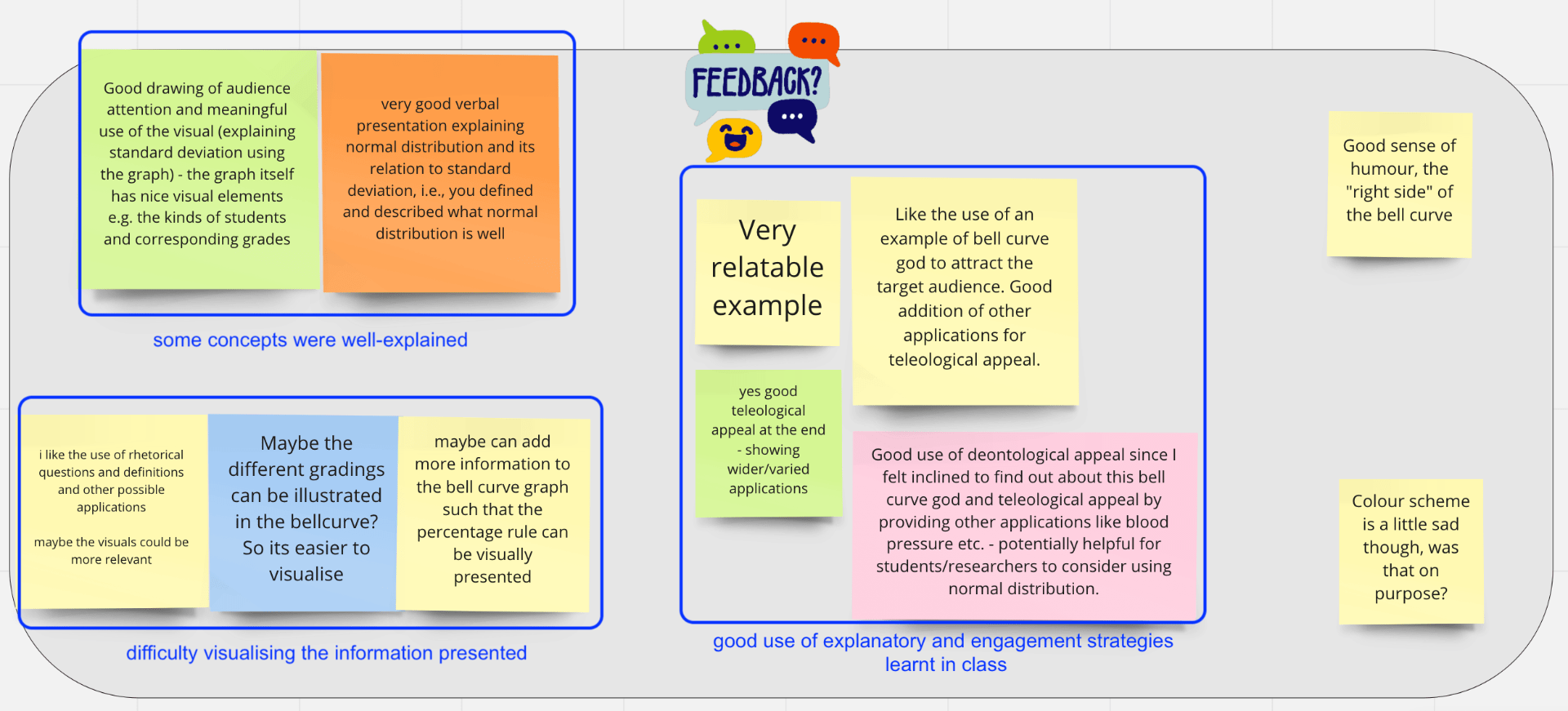 Figure 7. Peer feedback on an infographic presentation organised according to themes (Click on the image for a full-sized version).
Figure 7. Peer feedback on an infographic presentation organised according to themes (Click on the image for a full-sized version).
Cultivating a Social Space. To boost social engagement during tutorials for SP1541, we created an open space at the end of each Miro whiteboard. This allowed students to have informal interactions with their peers and tutors asynchronously. Figure 8 shows samples with different kinds of engagement (cognitive, social, and emotional dimensions).
Figure 8. Asynchronous social interactions on Miro (Click on the image for a full-sized version).
Concluding Reflections
Applying what we learnt from the online to face-to-face learning contexts, we can see engagement across the five dimensions, especially with cognitive and collaborative engagement. There seems to be a boost in emotional engagement as qualitative feedback indicating ‘fun’ as a theme unique to the face-to-face context suggests enjoyment in the synchronous learning process. Regarding social engagement, as we use Miro for academic discussions, it remains more relevant to fostering trust in effective working relationships rather than informal non-academic interactions (Redmond et al., 2018). For instructors, Miro can be a learning tool for effective facilitation with judicious use of strategies. In the future, it would be worth investigating the use of Miro for asynchronous learning tasks in a blended learning mode.
Endnotes
- SP1541 “Exploring Science Communication through Popular Science” is a common core writing course offered at the NUS College of Humanities and Sciences (CHS) for science students across various disciplines. The aim is to equip students with science communication strategies to convey complex scientific concepts effectively to non-specialised audiences.
- The traditional definition of engagement encompasses the behavioural, cognitive, and emotional dimensions (Fredricks et al., 2004). Redmond et al.’s (2018) framework extends this definition by adding two dimensions: collaborative and social dimensions.
References
Bond, M., Buntins, K., Bedenlier, S., Zawacki-Richter, O., & Kerres, M. (2020). Mapping research in student engagement and educational technology in higher education: a systematic evidence map. International Journal of Educational Technology in Higher Education 17(2). https://dx.doi.org/10.1186/s41239-019-0176-8
Chen, P., Lambert, A., & Guidry, K. (2010). Engaging online learners: The impact of web-based learning technology on college student engagement. Computers & Education, 54, 1222–32. http://dx.doi.org/10.1016/j.compedu.2009.11.008
Fan, S., & Di, Z. (2020). Technology-enhanced collaborative language learning: theoretical foundations, technologies, and implications. Computer Assisted Language Learning. https://dx.doi.org/10.1080/09588221.2020.1831545
Fonseca, D., Marti, N., Redondo, E., Navarro, I., & Sanchez, A. (2014). Relationship between student profile, tool use, participation, and academic performance with the use of Augmented Reality technology for visualized architecture models. Computers in Human Behavior 31, 434-45. https://dx.doi.org/10.1016/j.chb.2013.03.006
Fredricks, J. A., Blumenfeld, P. C., & Paris, A. H. (2004). School engagement: Potential of the concept, state of the evidence. Review of Educational Research, 74(1), 59-109. https://dx.doi.org/10.3102/00346543074001059
Redmond, P., Heffernan, A., Abawi, L., Brown, A., & Henderson, R. (2018). An online engagement framework for higher education. Online Learning, 22(1), 183-204. http://dx.doi.org/10.24059/olj.v22i1.1175
Thompson, A. A., & Yuen, B. P. L. (2022, August 29). Using Miro to enhance students’ online engagement and learning in a science communication module. Teaching Connections. https://blog.nus.edu.sg/teachingconnections/2022/08/26/using-miro-to-enhance-students-online-engagement-and-learning-in-a-science-communication-module/
Yuen, B., & Sawatdeenarunat, S. (2020). Applying a rubric development cycle for assessment in higher education: an evidence-based case study of a science communication module. Asian Journal of the Scholarship of Teaching and Learning, 10(1), 53-68. http://nus.edu.sg/cdtl/engagement/publications/ajsotl-home/asian-journal-of-the-scholarship-of-teaching-and-learning/v10n1-Yuen-Sawatdeenarunat
 |
Amelyn THOMPSON is an Instructor at the CELC, where she has taught undergraduate courses in academic writing and science communication. She is interested in technology-enhanced learning to improve students’ engagement. Her experience and interests also include teaching and learning Baba Malay, which is an endangered language spoken by the Peranakan Chinese community in Singapore. Amelyn can be reached at amelyn.t@nus.edu.sg. |
 |
Brenda YUEN is a Senior Lecturer at the CELC, where she has taught and coordinated undergraduate courses in science communication, academic writing, and critical thinking. She has also been involved in the development and validation of university-wide English language proficiency and placement tests in Hong Kong and Singapore. Her research interests include technology-enhanced feedback for student learning, language testing and assessment, particularly rubric validation using Rasch modelling. Brenda can be reached at elcbypl@nus.edu.sg. |

